The 2 year project, A new generation of the lithium battery: assembly of the all-solid-state system is awarded to the
Project Manager and is carried out within the 5th edition of the Homing programme of the Foundation for Polish Science
co-financed by the European Union under the European Regional Development Fund.
The project manager will lead the group of one PhD and two master students. This project is located at the Faculty of
Chemistry, University of Warsaw in the Laboratory of Electrochemical Power Sources. The Team Leader of this laboratory
is Prof. Andrzej Czerwiński, an expert in energy storage systems and a highly experienced research and development
scientist and inventor. His laboratory is fully equipped for electrochemical studies on lithium technologies. Highly
qualified scientific Mentors, both Polish and international, will closely collaborate with the project manager and
students to ensure the success of this proposal. This project is divided into the three parts: battery electrode
and electrolyte preparation and testing, ASSB assembly and optimization, and revealing the ionic conduction mechanism
based on the results.
Aims of the project
Larger polarizability of the anions in the same structure allows for similar hopping-site environments and lower the activation
energy barriers, greatly increase the ionic conductivity. This is why sulfur-based superconductors are the first choice
for this project, before trying the oxide materials. Lithium metal anode and several different types of modern cathodes
will be applied to test their compatibility in an all-solid-state battery (ASSB) system. There are several demonstrations
of such ASSBs, but in order to improve their electrochemical performance it is necessary to prepare good interfaces between
the electrodes and solid electrolyte. Several chemical approaches to improve those contacts will be tested, as well as
battery assembly improvements. The correct formation of the interfaces will provide a better ionic conduction path, another
purpose of this study. Even though the assembly of an ASSB might be more tricky in a sulfide-based system, the effort
and success of such configuration will lead to the filing of an attractive patent application.
The relationship of a dynamic lattice to the ionic conductivity of these systems is still not fully understood, so in collaboration
with Department of Physics, the Chalmers University of Technology in Sweden, we plan to provide evidence on how changing
the atoms in a sublattice affects its ionic transport and structural properties. We would like to combine structural
characterization and electrochemical impedance spectroscopy, and theoretical calculation on the ionic transport in studied
materials to find the theoretical explanation of their conduction mechanism. This research can be a stepping stone to
a better understanding of ionic transport in these materials, helping choose accurate technological strategies.
Research tasks
- 1. Preparation and characterization of battery components.
-
1.1 Preparation of electrodes (in collaboration withDr L. Lipinska from ITME, Poland and Prof. W. Wieczorek from Warsaw University
of Technology, Poland).
1.2 Preparation of solid state electrolytes (in collaboration with Dr H. Wang from University of Louisville, USA, and Prof.
W. Wieczorek from Warsaw University of Technology, Poland).
1.3 Characterization of battery materials (in collaboration with Prof. W. Wieczorek from Warsaw University of Technology,
Poland and Dr. J. Jasinski from University of Louisville, USA).
1.3.1 Electrochemical test on raw materials.
1.3.2. Structural and morphological study on raw materials.
- 2. Assembly and optimization of an all-solid-state battery.
-
2.1 Assembly of all-solid-state batteries (possible patent application after completion of this stage and promising electrochemical
testing)
2.2 Electrochemical testing of batteries (in collaboration with Prof. W. Wieczorek from Warsaw University of Technology,
Poland)
2.3 In situ/Ex situ studies of ASSB (in collaboration with Dr. J. Jasinski from University of Louisville, USA )
-
3. Investigation of the conduction mechanism based on experimental results and theoretical calculations
-
(in collaboration with Prof. P. Johansson and Dr. A. Hellman from Chalmers University of Technology)
